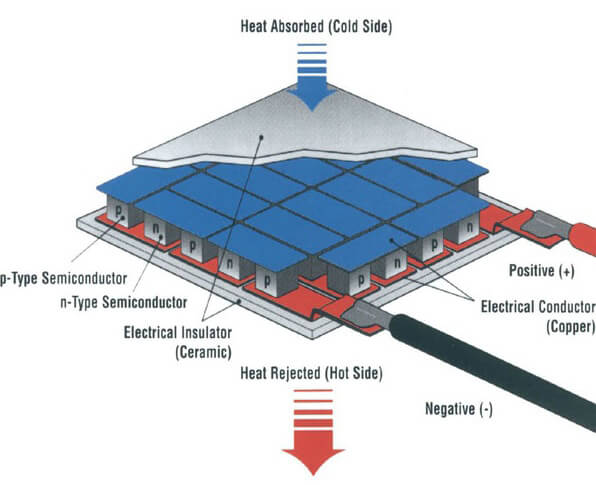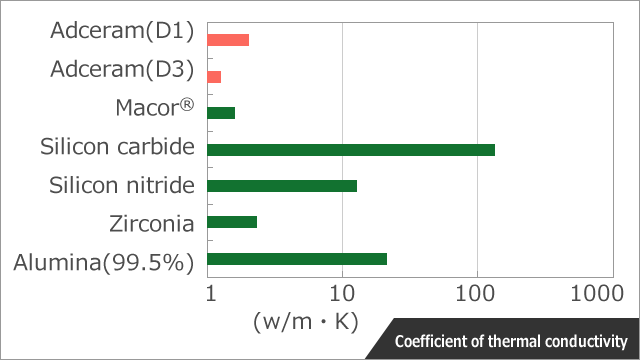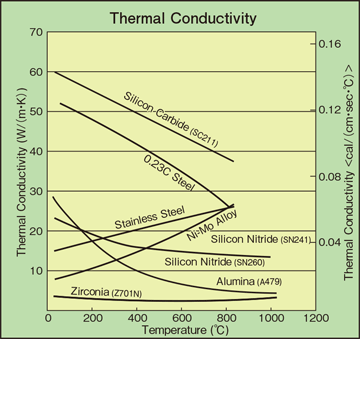Shop our ceramic thermal insulation coating for a cost effective solution that will benefit and enhance operations.
Thermal conductivity of ceramic insulation paint.
Higher thermal resistance will result in lower thermal conductivity from one side to the other.
The thermal conductivity appears to be low enough to act as an insulation material with sufficient thickness.
Syneffex thermal insulation coatings are the top choice for a wide variety of thermal insulating paint applications over equipment like pipes pipelines tanks ovens processing vessels heat exchangers and more syneffex patented industrial thermal insulation paint solves corrosion under insulation cui by both insulating and preventing corrosion with a single product.
By painting your interior ceilings with insulating paint the heat transfer from the saturated fiberglass insulation in your attic can no longer be transferred to the inside of your home.
Thermal conductivity is a material property that describes ability to conduct heat thermal conductivity can be defined as the quantity of heat transmitted through a unit thickness of a material in a direction normal to a surface of unit area due to a unit temperature gradient under steady state conditions.
Complex ceramic particles combine with proprietary resins and copolymer reinforcements to create surface architectures that are highly robust.
Thermal insulation coatings thermal insulation coatings thermal insulation paint nanoisola thermal insulation anti corrosion chemical resistant a nanotechnology based insulation and corrosion prevention coating that is designed for metal and non metal substrates up to 160c.
Still the thermal conductivity could certainly meet the definition proposed above for a thermal insulating coating particularly if it were applied in several coats.
It bonds with the surface of the metal to prevent corrosion and cui.
For ordering info and general inquiries.
Other manufacturers have since begun producing their own brands of insulating paint that contain either ceramic or glass microspheres either as an additive or as a premixed paint product both.
If you only consider the thermal differential between the unpainted side of the metal and the other side where the paint is exposed the total thermal between those 2 surfaces is the summation of the two thermal resistance.






.jpg)























